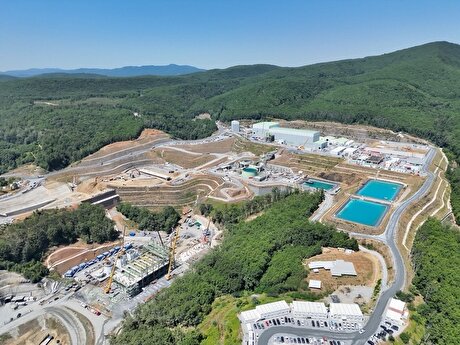
Viewpoint: Carryover to suppress ammonia prices
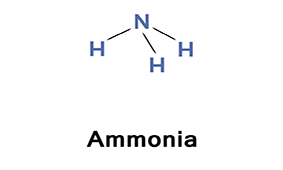
Carryover stocks from this fall will diminish first quarter spot demand in isolated areas within the Midwest and Northern Plains, posing the strongest headwind to the market. But prices are set to find support after the spring as Magellan Midstream's ammonia pipeline is taken completely off line and suppliers vie for drivers within an already strained truck market.
Nearly all shipments to retailers and to farmers this fall were cargoes bought during the summer. Little spot appetite arose as harvest progressed, resulting in carryover in key consuming areas. Farmers endured sporadic opportunities this fall to operate combines and inject ammonia. Delayed harvests pushed the fertilizer application window further into the fourth quarter, which faced mounting disruptions as storms became more frequent.
Growers are forecast to increase corn acreage next season. That increase would help draw down carryover inventories from this fall and balance supplies, weather permitting.
But transportation will be at the fore for suppliers, a factor that will contribute to in-season price movements.
Magellan Midstream is scheduled to completely decommission the southern portion of its 1,100-mile (1,770km) ammonia pipeline by January. It will continue to receive ammonia shipments on the northern stretch until 1 March, potentially complicating distribution if planting is delayed and push suppliers to rely on a truck market facing driver shortages.
Producers in the Southern Plains have started taking steps to reduce net ammonia availability in the aftermath of Magellan's decision to mothball its pipeline.
Upgrades at LSB Industries' Pryor, Oklahoma, facility is intended to increase UAN production capacity to 350,000 st/yr, which is estimated to reduce the plant's net ammonia availability. Koch plans to construct a second urea unit at its Enid, Oklahoma, nitrogen complex by 2022 without building an adjoining ammonia plant.
Although net ammonia availability is anticipated to fall, Argus estimates long-haul truck shipments will more than double to nearly 500,000 st/yr after Koch's expansion and accounting for regional direct application demand — further straining the national truck industry.
Market participants have reported thin truck availability for several seasons during peak applications, and competition between producers and distributors will heighten and potentially drive shipping and end-user costs higher in future cycles.
By Connor Hyde


Newmont nets $100M payment related Akyem mine sale

First Quantum scores $1B streaming deal with Royal Gold

Caterpillar sees US tariff hit of up to $1.5 billion this year

Gold price rebounds nearly 2% on US payrolls data

Copper price collapses by 20% as US excludes refined metal from tariffs

St Augustine PFS confirms ‘world-class’ potential of Kingking project with $4.2B value

B2Gold gets Mali nod to start underground mining at Fekola

Goldman told clients to go long copper a day before price plunge

Copper price posts second weekly drop after Trump’s tariff surprise

Codelco seeks restart at Chilean copper mine after collapse

US slaps tariffs on 1-kg, 100-oz gold bars: Financial Times
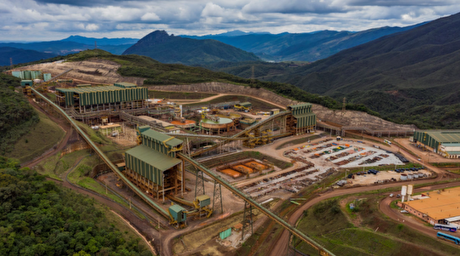
BHP, Vale offer $1.4 billion settlement in UK lawsuit over Brazil dam disaster, FT reports
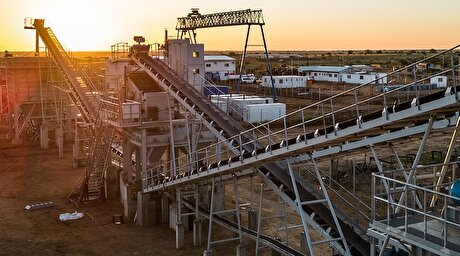
NextSource soars on Mitsubishi Chemical offtake deal

Copper price slips as unwinding of tariff trade boosts LME stockpiles

SAIL Bhilai Steel relies on Danieli proprietary technology to expand plate mill portfolio to higher steel grades

Alba Discloses its Financial Results for the Second Quarter and H1 of 2025
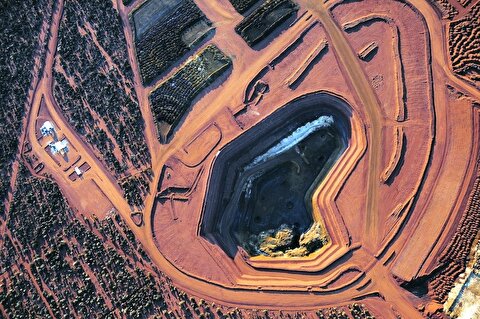
Australia weighs price floor for critical minerals, boosting rare earth miners

Australia pledges $87M to rescue Trafigura’s Nyrstar smelters in critical minerals push

Fresnillo lifts gold forecast on strong first-half surge

US slaps tariffs on 1-kg, 100-oz gold bars: Financial Times

BHP, Vale offer $1.4 billion settlement in UK lawsuit over Brazil dam disaster, FT reports

NextSource soars on Mitsubishi Chemical offtake deal

Copper price slips as unwinding of tariff trade boosts LME stockpiles

SAIL Bhilai Steel relies on Danieli proprietary technology to expand plate mill portfolio to higher steel grades

Alba Discloses its Financial Results for the Second Quarter and H1 of 2025

Australia weighs price floor for critical minerals, boosting rare earth miners

Australia pledges $87M to rescue Trafigura’s Nyrstar smelters in critical minerals push

Fresnillo lifts gold forecast on strong first-half surge














